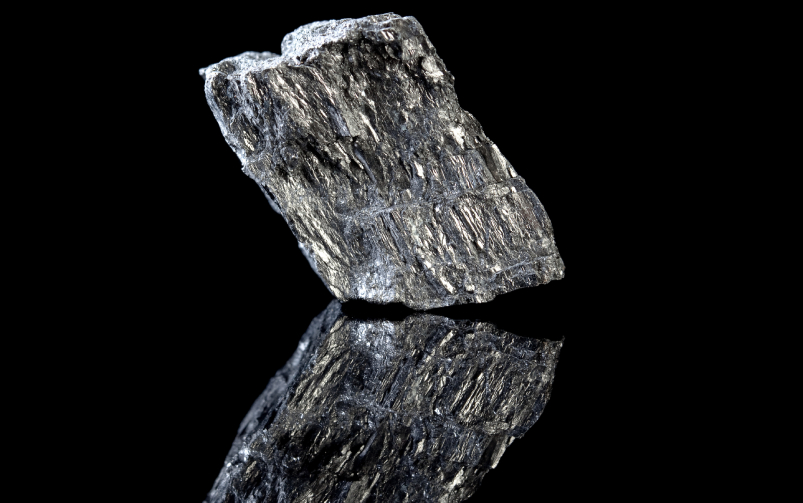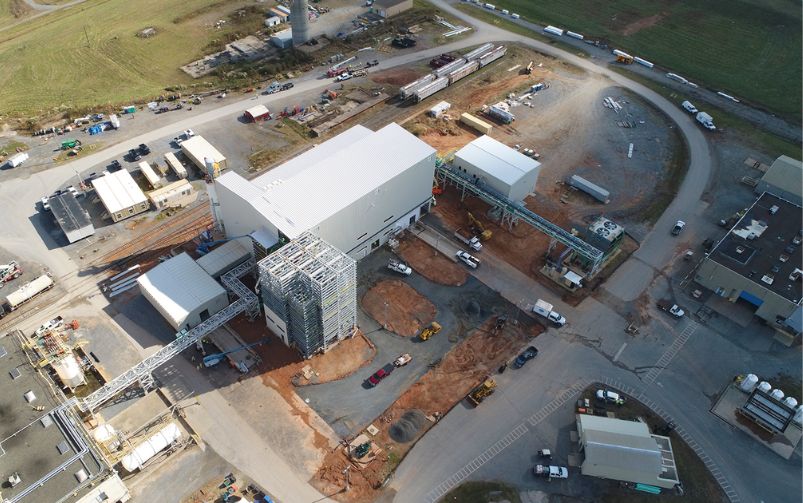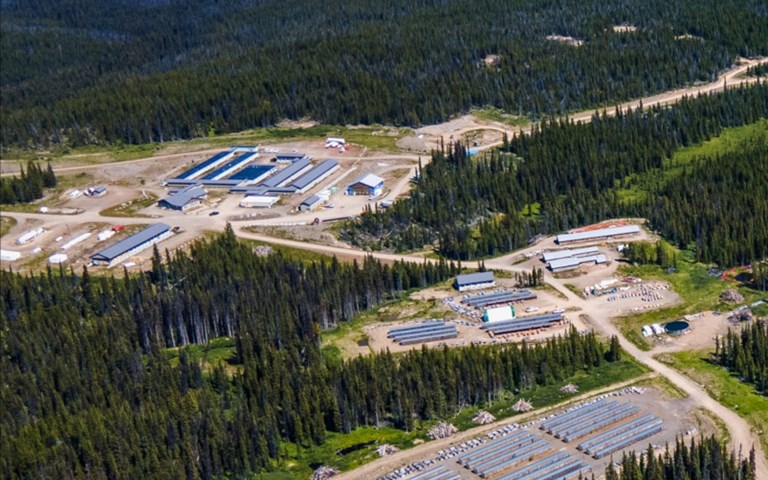Artemis Gold says it expects to receive its BC Mines Act permits in the first quarter of this year. Courtesy of Artemis Gold.
Welcome back to your weekly mining news recap, where we catch you up on some of the news you may have missed. This week’s headlines include a celebration of women in mining, the London Metal Exchange’s chair stepping down and questions over Glencore’s coal strategy.
Despite heavy-equipment manufacturers releasing a steady stream of new and improved vehicles, certain characteristics such as fuel efficiency and faster speeds still leave more to be desired by purchasers. As the mining industry shifts towards a greener future, more evolution is expected from heavy-equipment machinery. One key area of focus for improvement is to create more eco-friendly machinery without sacrificing efficiency.
Gay Huey Evans is stepping down as the chair of the London Metal Exchange (LME), though it remains unclear whether this resignation was the result of regulatory reviews into LME’s suspension of nickel trading that occurred in March 2022, as reported by Reuters. The suspension took place following a short squeeze of Chinese nickel-maker Tsingshan Holding Group, leading to a sharp increase in nickel prices to over US$100,000 per tonne. LME’s board of directors has started looking for a new chair.
Glencore is being asked by international investors to explain how its decision to develop thermal coal mines helps meet the goals of the Paris climate accord, as reported by Reuters. Glencore says it will release an updated climate progress report in March, which it says will clarify any questions and concerns that have been raised over the development of the company’s thermal coal mines. The company’s previous progress report saw a quarter of shareholders vote against it in April 2022, due to slow progress on reducing coal production.
Women in Mining UK released its 100 Global Inspirational Women in Mining nominees, including nine Canadian women. According to Heather Gamble, CEO of Women on the Move, promoting women entrepreneurs helps with “disruptive innovation,” which can help shift the paradigm of an organization. Other nominees work at university mining departments, mining companies and consulting firms to deliver this same kind of innovation.
To get the most out of its Onaping Depth nickel project in Sudbury, Glencore expects to have to go deeper than was previously possible, as reported by CBC News. In order to access the highest grade ore, the mine will be built approximately 2,500 metres below the former Craig mine. This is possible thanks to new technologies, such as electric vehicles that help reduce ventilation costs.
Never miss another recap
Sign up for the latest news from CIM Magazine and the Canadian Institute of Mining, Metallurgy and Petroleum.
Operations have resumed at the Copper Mountain mine in British Columbia following a ransomware attack that occurred on Dec. 27, as reported by Yahoo! Finance. The attack was targeted at the company’s IT systems and head office in Vancouver. No damage has occurred as a result of the attack and Copper Mountain says it is focusing on resuming its operations while also putting measures in place to prevent damage from potential future cyberattacks.
Newfoundland and Labrador is expected to see increased mining activity in the new year, as reported by Saltwire. The province is gaining recognition for the role it can play in producing resources needed for the green energy transition, including lithium and other critical minerals. The province recently received $5.2 million from the federal government to be used towards two critical mineral initiatives centred on geoscience and exploration pursuits.
Despite Artemis Gold’s delay in receiving permits for its B.C.-based Blackwater project, no effect on the project’s construction schedule is expected to occur, as reported by Mining.com. The company recently announced that it is expecting to receive its BC Mines Act permits sometime during the first quarter of this year. The project is estimated to yield roughly 339,000 ounces of gold annually over a 22-year mine life.
Following the release of data concerning toxic contaminations found in snowpacks on Alberta’s mountaintops, the provincial government is declining to release further information on the situation, as reported by Moosejaw Today. The data revealed that sediments found in Window Lake were as contaminated as lakes located near the province’s oil sands, a result of windblown dust from mining sites. The Canadian Press recently filed a freedom of information request regarding data collected about contaminants found in Alberta’s snowpacks, but instead received an already public slide deck that suggested the existence of a more complete data set.
That’s all for this week. If you’ve got feedback, you can always reach us at editor@cim.org. If you’ve got something to add, why not join the conversation on our Facebook, Twitter, LinkedIn or Instagram pages?




